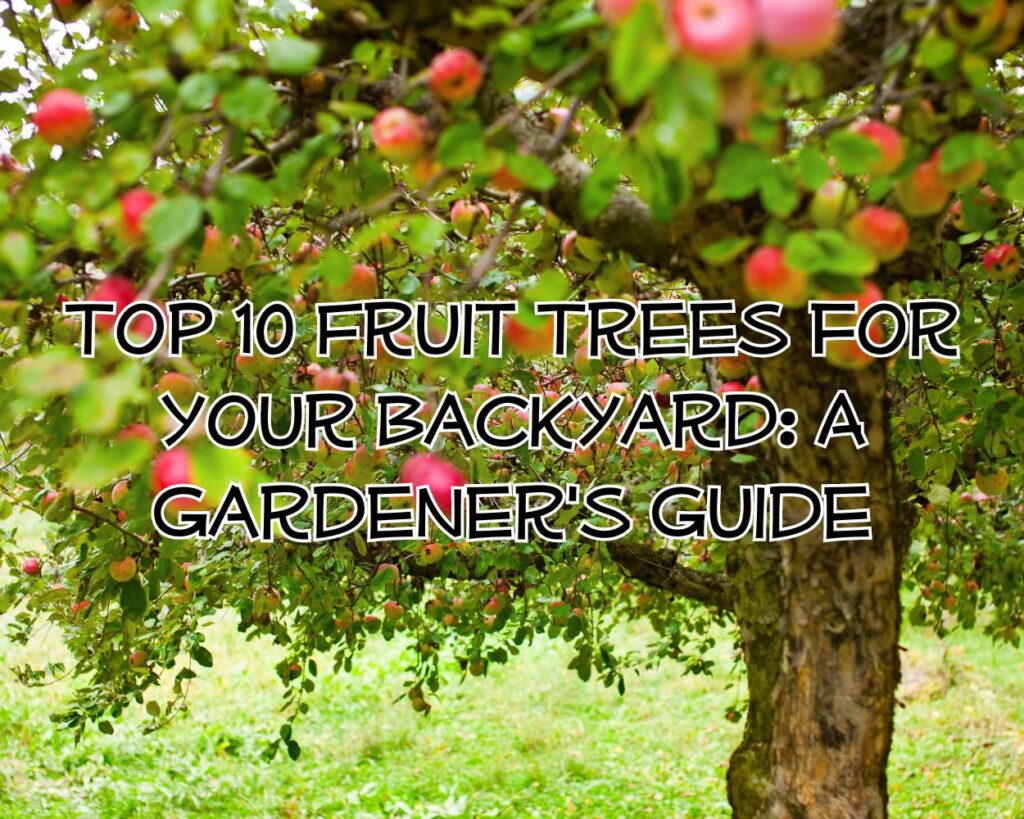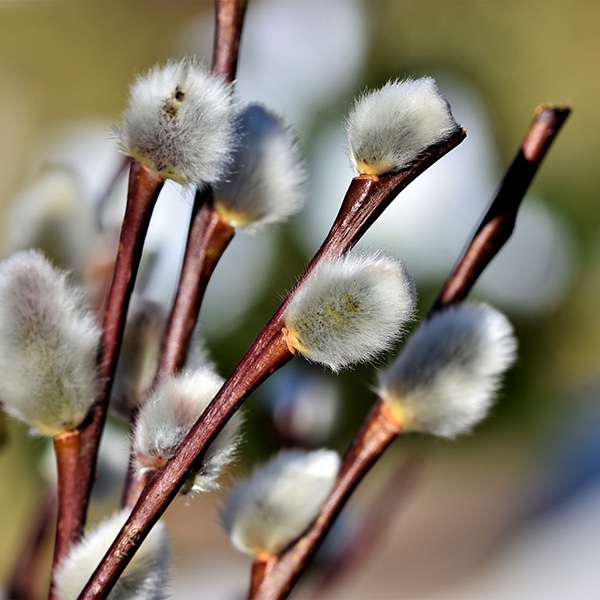Embarking on a backyard orchard adventure can be both rewarding and delightful. If you’re considering planting fruit trees in your backyard, here’s a guide to the top 10 fruit trees that can add both beauty and bounty to your outdoor space.

Apple Trees
Apples are a favorite for many gardeners due to their variety and hardiness. With proper care, apple trees can provide fruit for cooking, eating fresh, or storing through the winter. They require some pruning and pest management but are well worth the effort.
Citrus Trees
In warmer climates, citrus trees like oranges, lemons, and limes are a great choice. They offer not only delicious fruit but also a year-round supply of fragrant blossoms. They need well-drained soil and plenty of sun.
Peach Trees
Peach trees can be a bit finicky, requiring careful pruning and disease management, but the reward of juicy, homegrown peaches is incomparable. They thrive in areas with cold winters and hot summers.
Cherry Trees
Cherries are perfect for eating fresh, baking, or preserving. Sweet cherry trees need a pollinator, so you’ll need to plant two, while sour cherries are self-pollinating.
Pear Trees
Pears are another versatile fruit for cooking or eating fresh. They’re less prone to pests and diseases than apples and can produce fruit for years with minimal care.
Plum Trees
Plums are great for fresh eating, jams, and jellies. They come in many varieties, both sweet and tart, and some are self-pollinating, which is a bonus for the small garden.
Fig Trees
Figs are a unique addition to the backyard orchard, with their distinctive flavor and texture. They thrive in warmer climates and can be grown in containers if space is limited.
Pomegranate Trees
Pomegranates are not only delicious but also packed with antioxidants. They’re drought-tolerant once established and can be grown as a bush or a tree.
Avocado Trees
For those in the right climate, avocado trees can be a rewarding choice. They require a lot of water and must be protected from frost, but they can produce a large number of fruits annually.
Nectarine Trees
Nectarines, like peaches, require some care to prevent disease and pests. However, their smooth skin and sweet flesh make them a popular choice for many gardeners.
When choosing fruit trees for your backyard, consider your climate, soil type, and the amount of space and time you can dedicate to tree maintenance. With the right care, your fruit trees can provide a beautiful and tasty addition to your home for years to come. Remember to research each tree’s specific needs for the best chance at a bountiful harvest.
Q: How do I choose the right fruit trees for my climate? A: Start by determining your USDA Hardiness Zone, which will guide you on the types of trees that can thrive in your area. Local nurseries can also provide advice on the best varieties for your local climate and soil conditions.
Q: When is the best time to plant fruit trees? A: The ideal time to plant fruit trees is during their dormant season, usually from late fall to early spring. This allows the trees to establish roots before the growing season begins.
Q: How much space do I need for fruit trees? A: Space requirements can vary significantly depending on the type of tree and its rootstock. Dwarf varieties can be planted closer together, while standard trees may need more space to grow. Always check the specific spacing recommendations for the variety you choose.
Q: Do all fruit trees need a pollinator? A: Not all fruit trees require a pollinator, but many do. Apples, pears, and sweet cherries typically need a different variety nearby to produce fruit. Self-pollinating varieties like peaches, nectarines, and sour cherries can set fruit on their own.
Q: How do I care for young fruit trees? A: Young fruit trees need regular watering to establish their root systems, especially during dry periods. Mulching can help retain moisture and regulate soil temperature. Proper pruning in the early years is also crucial to develop a strong structure.
Q: How long until my fruit trees produce fruit? A: This can vary widely depending on the type of tree and its maturity at planting. Dwarf varieties and some stone fruits may begin producing in 3-4 years, while standard apple and pear trees can take 4-8 years to bear fruit.
Q: How can I protect my fruit trees from pests and diseases? A: Regular monitoring is key to catching issues early. Use appropriate pruning techniques, keep the area around trees clean, and consider organic or chemical treatments as necessary. Again, local extension services or nurseries can offer specific advice for your area.
Q: Can I grow fruit trees in containers? A: Yes, many fruit trees are available in dwarf forms that are suitable for container growing. This is a great option for those with limited space or unsuitable soil.
Q: What should I do if my fruit tree isn’t producing fruit? A: First, ensure that the tree is mature enough to produce fruit. If it is, check for proper pollination, nutrient deficiencies, or signs of disease or stress. Sometimes, a lack of fruit can be due to improper pruning or adverse weather conditions during the flowering stage.
Q: Can I plant different fruit trees next to each other? A: Absolutely, as long as you consider their individual needs and ensure they have enough space to grow. Companion planting can also help with pollination and can make efficient use of space in your garden.
By addressing these common concerns, you can increase your chances of establishing a successful and productive backyard orchard. Remember, patience and consistent care are key to enjoying the fruits of your labor.
As an Amazon Associate we earn from qualifying purchases through some links in our articles.




